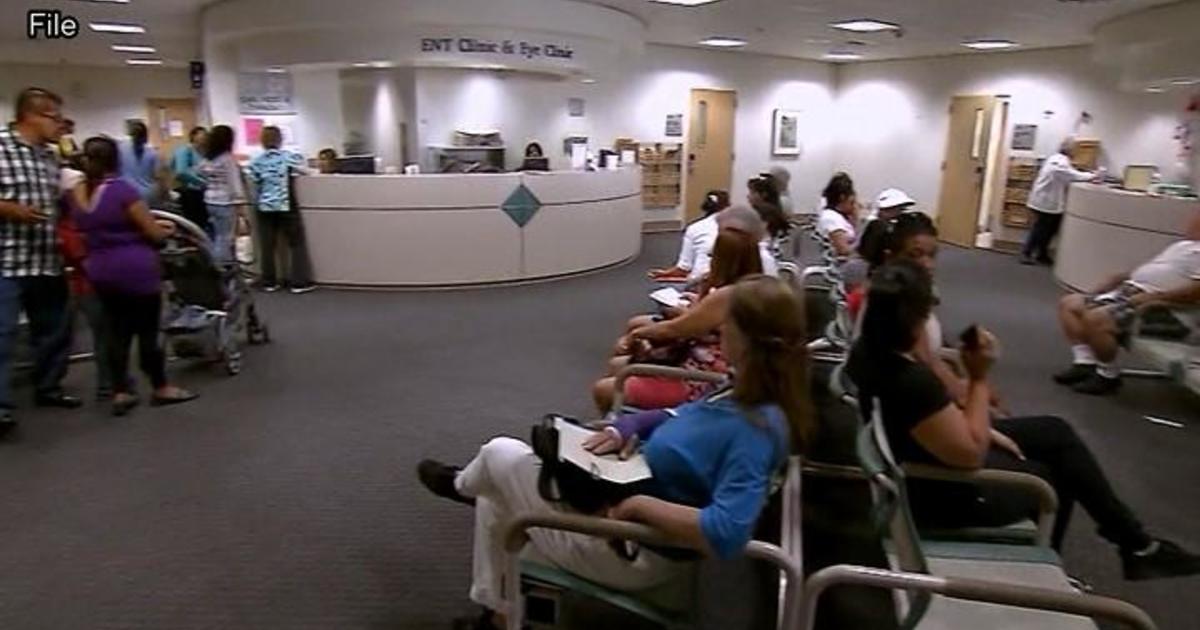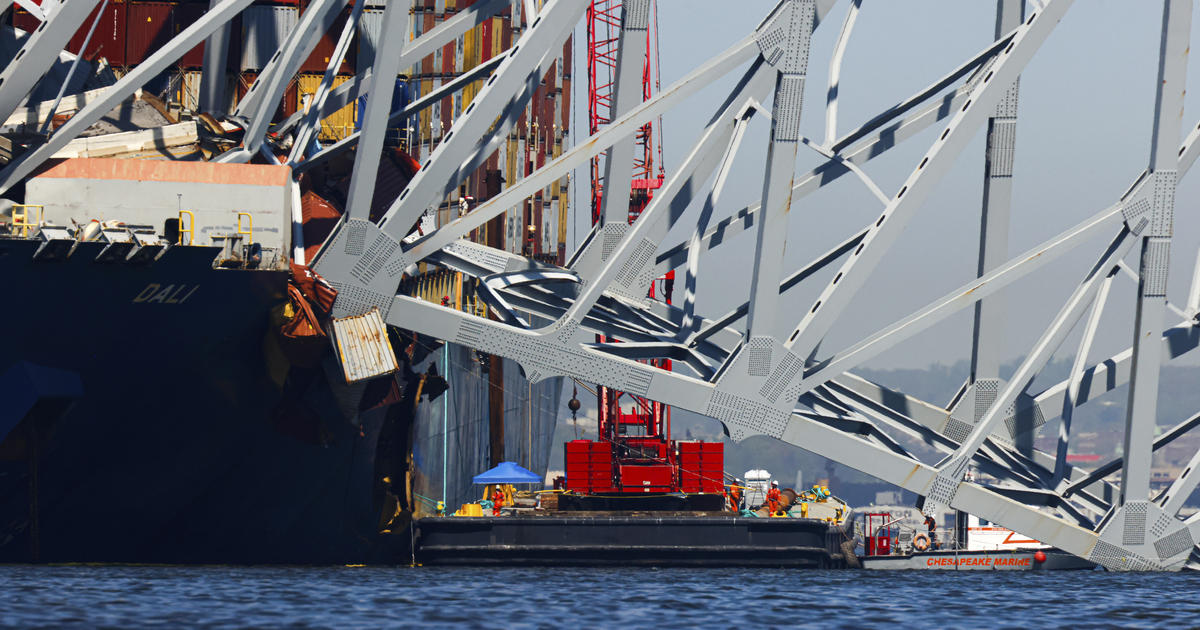New Storm Sensors Could Bring New Level Of Warning
BALTIMORE (WJZ) -- Parts of Maryland hit hardest by storms may soon be the first to know just how bad the next one will be.
Alex DeMetrick reports new sensors could bring a new level of warning.
When Hurricane Sandy moved toward shore, it prompted more than crossed fingers.
"We are ordering and urging all Marylanders to stay off the roads for the next 36 hours," Governor O'Malley said.
It also gave the U.S. Geological Survey a new mission and some new tools.
Tying into a network of satellites, U.S.G.S. crews are collecting data along Maryland coastlines most at risk from storm surge flooding. The first step--figuring out just how high the ground is above normal waterlines.
"Allows us to connect with the satellites and get us a very exact measurement of this point here," said Mike Geissell, U.S. Geological Survey.
And at those points, brackets are installed, where sensors will be deployed before a hurricane or nor'easter. The mission:
"We'll be able to predict what the storm surge is, how long it's going to take before it occurs, how long it will take before it recedes," said Geissell.
It's information that will go directly to Maryland's Emergency Management Agency.
"The data we we provide should help those folks make those calls very accurately. You don't want to evacuate Ocean City unless you really need to," said John Dillow, U.S. Geological Survey.
Coastal surveys and monitoring are a new focus for the U.S.G.S.
In the past, it has concentrated on water levels in streams and rivers to gauge the dangers of flooding. It's been doing that with monitoring stations linked to the Internet. The goal is to do the same thing along coastlines.
"This just gives them a lot more dense data network, something that's more tied to the shoreline. You're going to be able to predict is it time for me to get out or have I waited too long? Should I move to the second floor? What should I do?" said Dillow.
Data collected by the U.S.G.S. will also be used for long range planning on how best to protect people and property along Maryland's thousands of miles of shoreline.
Other Local News:



